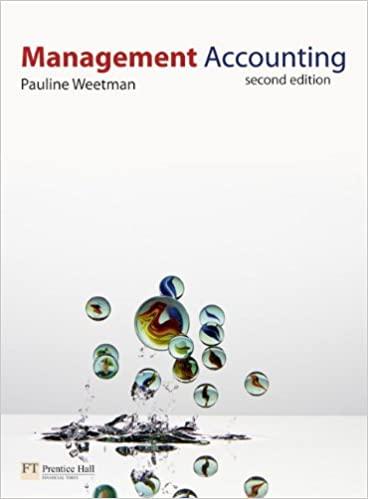This case study shows a typical situation in which management accounting can be helpful. Read the case
Question:
This case study shows a typical situation in which management accounting can be helpful.
Read the case study now but only attempt the discussion points after you have finished studying the chapter.
The film Monster was a box office success but, coming from an independent film maker rather than the giant studios of Hollywood, did not bring the early profits that other successes could achieve. This extract explains the problems.
Monster generated a respectable $34.5m at the US box office, according to Nielsen EDI, the cinema research body. However, because it is riskier for cinemas to show small, niche films instead of mainstream blockbusters, cinema chains tend to keep a larger proportion of the ticket price. Although the figures have yet to be audited, according to Mark Damon, another co-producer on the film, this amounted to about 62 per cent for Monster, compared to the typical 45 per cent to 55 per cent. As a result, more than
$20m of the box-office revenues stayed with the cinema operators. Some 18 per cent was kept by Newmarket, the film’s distributor, leaving behind about $10m.
Then there was the cost of the release campaign, which included posters and television commercials as well as the cost of making celluloid copies and transporting them to different venues. The film industry categorises these costs as ‘print and advertising’ or P & A. Usually the P & A cost is advanced by the distributors. But, in the case of Monster, the producers struggled to find a partner willing to distribute the film.
Questions
1 Why is a job costing approach suitable for a film production?
2 Why will each job have a different pattern of costs and revenues?
Step by Step Answer:






